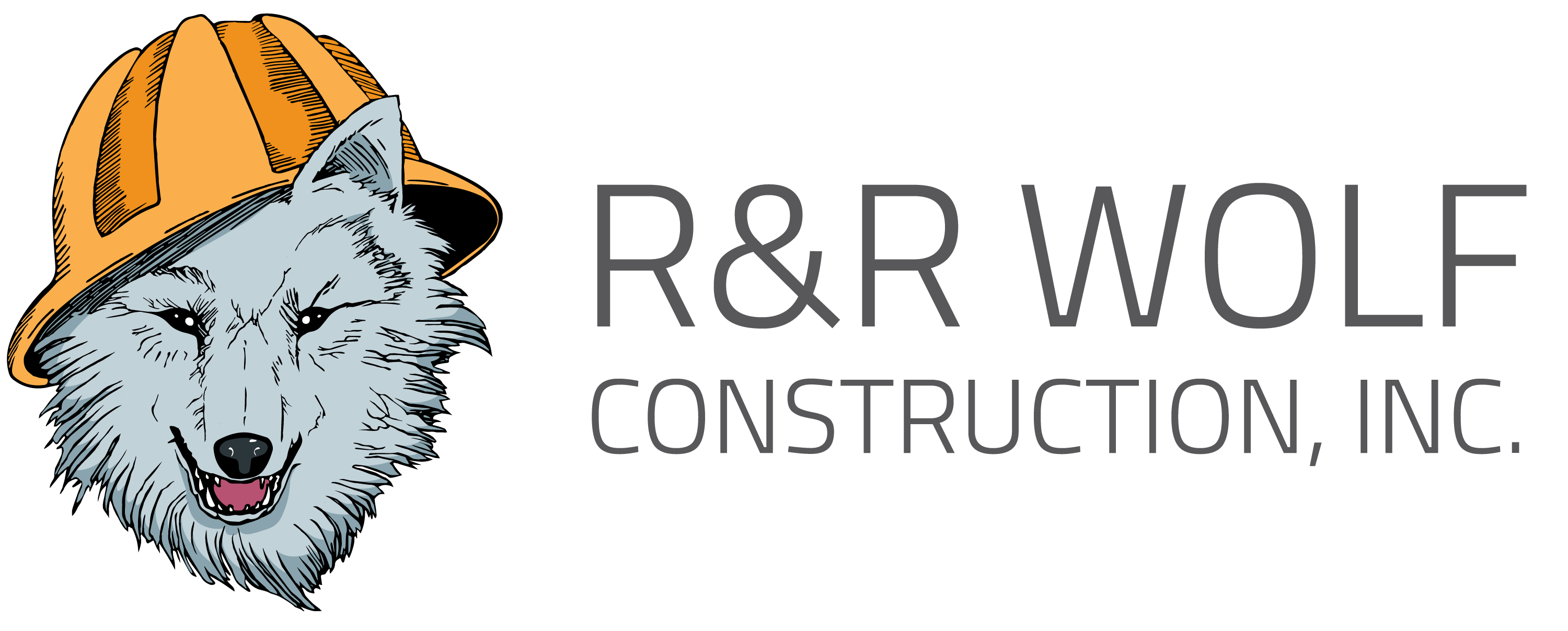As a part of the commercial real estate industry, it is crucial to consider the issue of building collapses, which can pose significant risks to properties. Safety must be a top priority, and it’s essential to be prepared for such situations. If your organization operates in the retail, education, or corporate office space sector, then addressing critical roof maintenance concerns is a must. In this regard, we have seven best practices that you can implement this spring to enhance your roof maintenance efforts.
1. Develop Comprehensive Roof Profiles
Start by thoroughly documenting the histories of your roofs. Create a separate file for each roof, including important information about the roofing materials, installation dates, contractors involved, and detailed incident and preventive maintenance reports. These carefully constructed profiles will not only help you keep your records organized, but also play a crucial role in identifying patterns and creating annual budgets.
2. Maintain Detailed Roof Plans
Create detailed roof plans for each roof you oversee. These plans will accurately show the locations of rooftop equipment and key reference points. They are essential for guiding maintenance teams and streamlining repairs.
3. Proactively Monitor Your Roof’s Health
Perform comprehensive visual evaluations twice or three times a year to examine flashings, drains, gutters, and the entire roofing system with great attention to detail. Stay alert for any indications of discoloration, algae development, or other abnormalities. It may be beneficial to utilize advanced “non-destructive” survey methods, such as infrared scanning, nuclear tests, capacitance tests, and wireless sensor technologies, on a monthly basis to identify moisture, locate leaks, and evaluate membrane conditions.
4. Practice Safe Roof Maintenance
Did you know that almost 40% of commercial roof problems are actually caused by human errors rather than bad weather? That’s why it’s crucial to hire certified and experienced contractors when you need workers to access your roof for tasks like window washing or HVAC repairs. By minimizing unnecessary foot traffic and carefully documenting the condition of specific areas before work crews arrive, you can prevent damage to your roofing material. Don’t let avoidable mistakes compromise the integrity of your roof. Choose contractors wisely and prioritize rooftop safety.
5. Seasonal Roof Debris Cleanup
During the winter season, it is crucial to promptly remove snow and ice from your roof to avoid putting excessive stress on it. After major storms, it is important to thoroughly inspect your gutters, downspouts, and roof edge fasteners. In the spring and fall, it is a good practice to clean your roof of leaves and debris, as these materials have a tendency to clog drains and gutters, which can potentially restrict water flow.
6. Reseal Damaged Membranes and Seams
Ensure prompt repairs by scheduling them through experienced facilities management firms identified through monthly surveys. This guarantees the services of qualified contractors. Prior to scheduling maintenance, carefully analyze contractor and manufacturer warranties to protect your interests.
7. Prioritize Lifetime Value over Project-Based Savings
Take a proactive approach to commercial roof maintenance. By prioritizing regular assessments and prompt repairs, you can greatly increase your organization’s long-term savings.
For personalized guidance on roof maintenance, contact R&R Wolf Construction at (508) 699-3630 or info@rrwolf.com.

